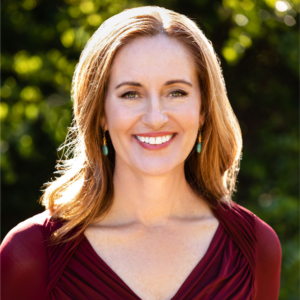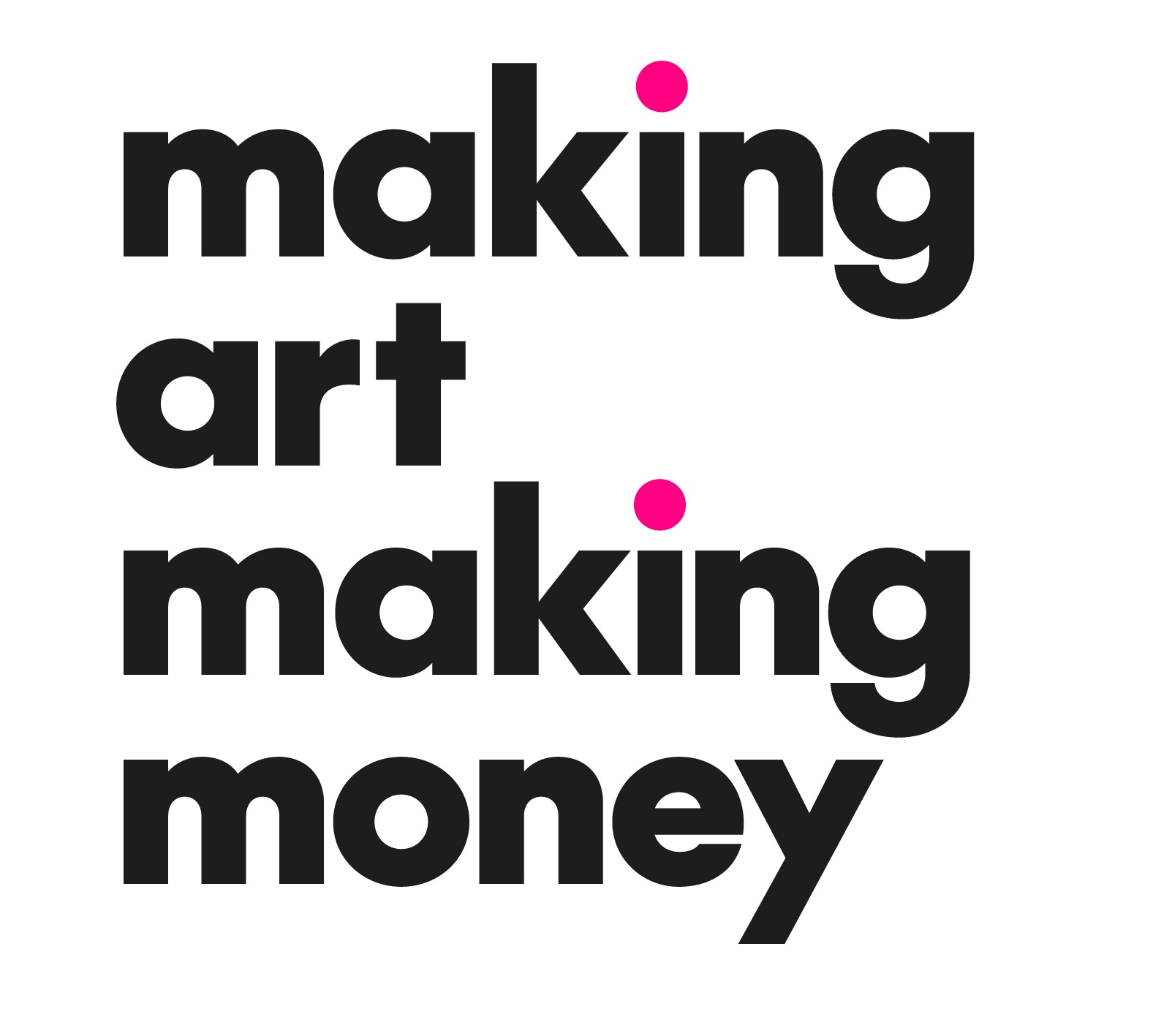Will My Art Still Sell If I Change My Medium?
Will My Art Still Sell If I Change My Medium?
(Transcription)
Artist, Karen Theusen,
Washington, USA
QUESTION: What was your challenge as an artist?
Karen Theusen: Really getting myself out there.
Ann Rea: What does that mean? I’d love to know what your idea of that means ’cause I hear that phrase, getting myself out there, putting myself out there. What did that mean to you?
Karen Theusen: It means actually contacting people, having the confidence to contact people that I’d like to contact but was a little bit apprehensive in doing and that’s what I see as getting myself out there.
Ann Rea: Okay, so it meant maybe talking to strangers or talking to people who you didn’t know all that well and letting them know you sell your art. Does that describe what you were imagining?
Karen Theusen: Yes, because before the doing more of the murals, that type of artwork, I worked through people, through interior designers, through different people and this is me going out there and doing it.
Ann Rea: And why did you want to do that? So you were working through intermediaries before. Why did you want to be the one to represent yourself? What changed?
Karen Theusen: Well, I wanted to do more canvas work. You know, smaller artwork and get away from the commercial aspect of murals and restaurants and it was starting to get hard on my shoulders, so I needed to make that transition and that’s where I was struggling, was trying to make that transition.
QUESTION: What was your other challenge?
Karen Theusen: The confidence to feel confident about this new aspect, this new direction really, taking the things I knew from walls but creating my own version of them and I think it was that little bit of confidence and self-doubt that was in there that I didn’t realize how much was in there.
Ann Rea: A lot of it, right? I mean, if you look at that’s probably self-confidence and feeling of lack of self-confidence and feeling a lack of focus in terms of the artists who follow me, that’s what they report as their biggest challenges and so this is why I say, right? This is all an inside job, right?
QUESTION: What was your other challenge?
Karen Theusen: The biggest difference to the canvas art for me, even with a commission, is that I’m doing it more the way I want to, where with the murals or working in people’s houses painting murals and decorative work, I worked with a designer, so sometimes they weren’t always my designs.You know, my ideas.
Ann Rea: Oh, I got it. So here’s how I describe the difference between a commercial artist and a fine artist and I don’t think that one is better than the other in my opinion because I think they both require a lot of skill and I have respect for both. The way that I describe the difference is if someone hires you to execute their creative vision, that’s an illustrator or commercial artist. If someone hires you to execute your creative vision, that’s a commission that a fine artist would do. That’s how I define it. I don’t think that either one is better than the other. I just think that they’re different and they both have their challenges and they both have their rewards.
QUESTION: What have you learned?
Karen Theusen: I think working through those exercises that you have in the beginning really helped to touch on those little weaknesses and then I could realize them and focus them ’cause if we see what our weaknesses and doubts are, it helps us to say, “That’s okay. “I’m just gonna keep moving on and do it.” And you know, I’ve just never been one to let things stop me from doing things, so I’m just translating what I learned for 25 years of doing the murals and commercial work and just trying to shift it, that that thinking is the same in doing the canvas work.
Ann Rea: Yes, absolutely. So just because your creative medium changed doesn’t mean that all your aptitude and experience goes away. It’s just really shifting your story ’cause it sounds like you might have been telling yourself a story that, oh, this is the area where I have experience and expertise, so I feel confident and capable here. I can’t feel confident and capable here in this new direction, but you can.
Karen Theusen: Yeah, I was thinking of them as really two separate things, but they’re not.
Ann Rea: They’re not, they’re all you.
Karen Theusen: And that was my biggest hurdle in the beginning, I think anyway.
Ann Rea: You see how life is really there’s the story we’re telling ourselves?
QUESTION: What else have you learned?
Karen Theusen: That if when I work from my own passion from my heart, paintings, it touches people that I have to listen to my inner voice and not think about creating something to sell.
Ann Rea: Exactly, because what’s our product?
Karen Theusen: Emotion.
QUESTION: What else have you learned?
Karen Theusen: To believe in myself. You know, I did it for 25 years and felt very confident. It’s like I have to believe in myself in this aspect of it.
QUESTION: What should other artists know?
Karen Theusen: If people don’t see it, they can’t buy it. I mean, that’s why I’m trying to get myself out there as much as possible and even just for example outside my studio there’s a couple of walls in the hallway. I started hanging things out there, which I hadn’t done and somebody who’d been walking by for a couple months bought one of them. It made me realize if the people don’t see it, they can’t enjoy it and decide to buy it.
Ann Rea: Did you do that before you enrolled in the program or after you enrolled in the program?
Karen Theusen: After.
QUESTION: How can you sell more art to collectors?
Ann Rea: Okay, that’s a very good suggestion to make to collectors, to rotate their collection because they can get the idea in their head that they’re out of wall space, but if you suggest that they rotate the collection according to their mood and inclination, all of a sudden wall space opens up.
Karen Theusen: They collect more.
Ann Rea: It’s just a tip, really it’s just a tip and one of the other things that I’ve suggested to collectors is, yeah, you can nail a piece of art, a painting in my case. I know we have sculptors and we have glassblowers and we have all sorts, but I’ll suggest, you know what? Instead of nailing it, you can get these picture frame shelves, these very narrow picture frame shelves and then you can really arrange your collection, so that’s just another tip, another ninja tip for how you can encourage people who really do want to buy your art, really do want to have your energy and inspiration in their home, but they have it in their head that they’re out of space. They’re not out of space if they rotate their collection. The other thing that I also suggest, another teaching tip, people spend time at home, but they spend a lot of time at work and I suggest that people have art in their office and they raise the energy of the office that they’re working in most. That’s the place they’re in most of the time, so don’t forget to suggest that space too as a place to hold art.
QUESTION: What would you tell other artists about this program?
Karen Theusen: It works. I mean, I listen to the classes like audiobooks. When I’m painting in the studio, I’ll listen to a bunch of them and it just starts to sink in, is what it does. It permeates and it becomes part of who you are. It’s not like you work hard at trying to absorb it. It’s just listening and, doing it little by little, it sinks in.
Ann Rea: I’m so glad you said that because a lot of people will complain that they don’t have enough time to do this program or they wanna know the exact schedule they have to follow. What would you tell them?
Karen Theusen: Even if they’re cleaning something or whatever, just run the classes and listen to them ’cause I’ve listened to audiobooks for so many years, different kinds, you know, teaching ones and that’s the way that I learn it and I’m doing other things, but you can still listen to it. Instead of music, listen to your classes.
Ann Rea: And I like your easy relaxed approach about listening to the lectures while you’re multitasking.

About Ann Rea
Ann Rea is a San Francisco-based artist and the creator of The Making Art Making Money program. Her art and business savvy have been featured on ABC, HGTV, Creative Live, The Good Life Project, in the book Career Renegade by Jonathan Fields, by the San Francisco Chronicle, Art Business News, Fortune, and Inc. Magazines. Rea’s artistic talent is commended by her mentor, art icon, Wayne Thiebaud.
